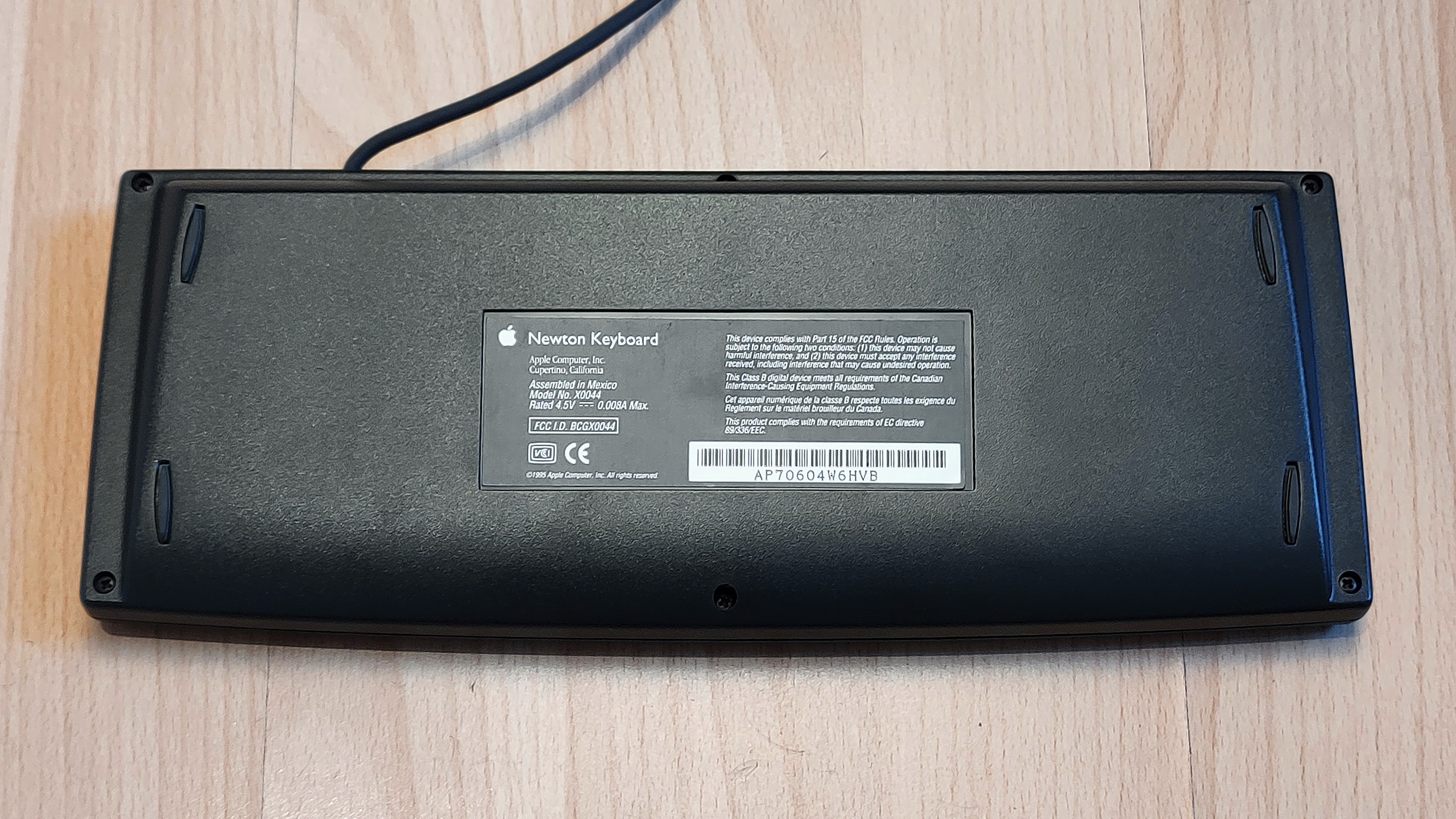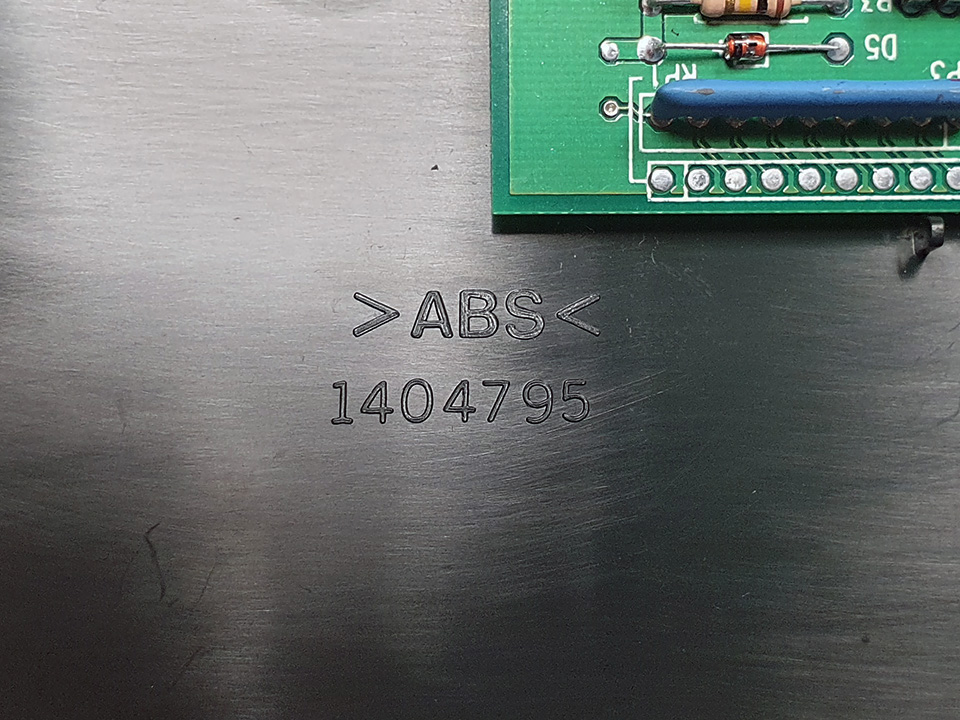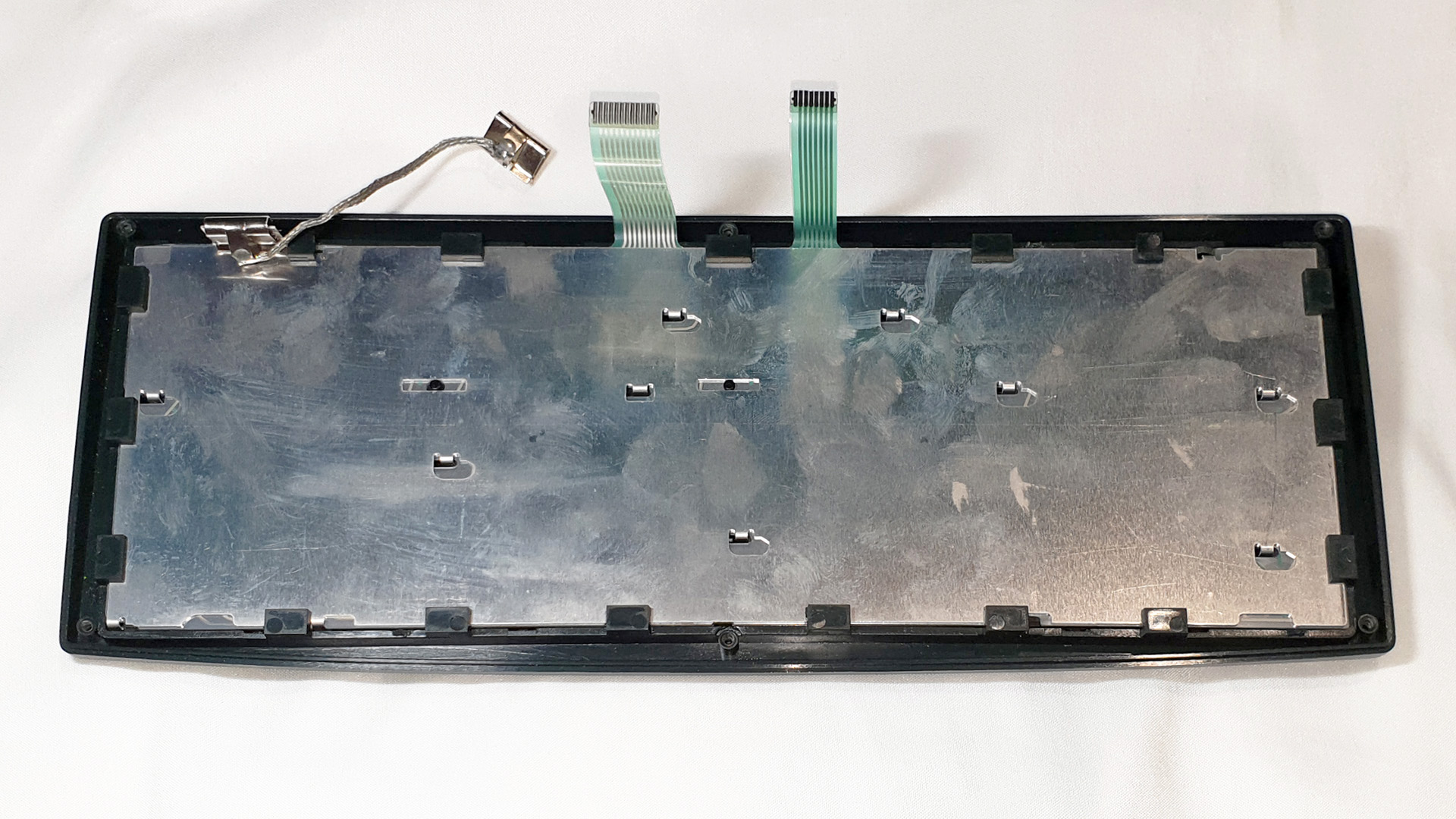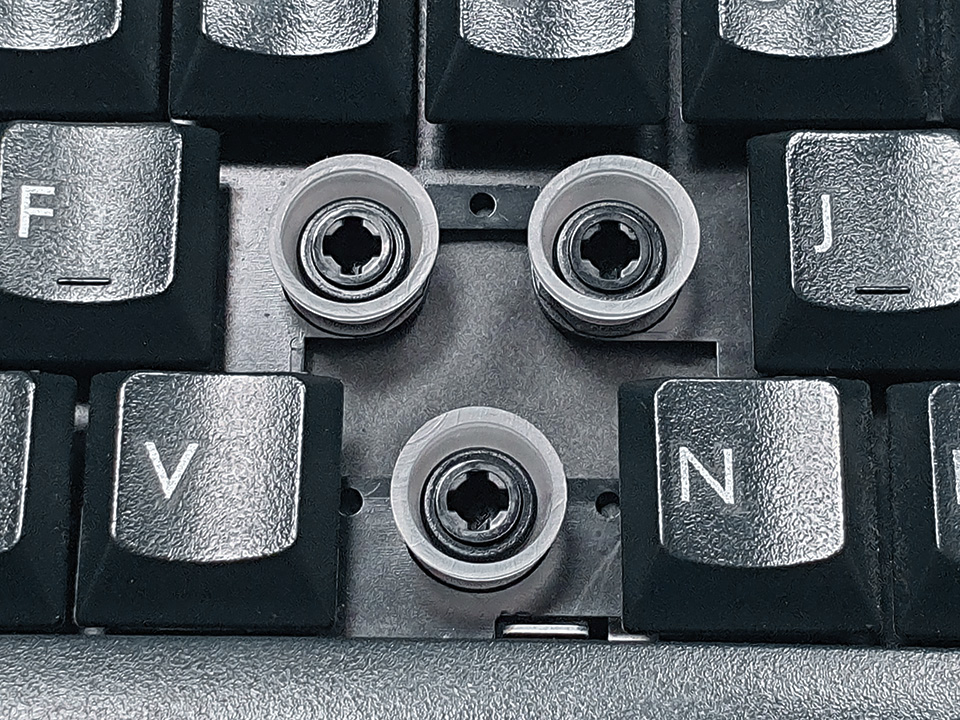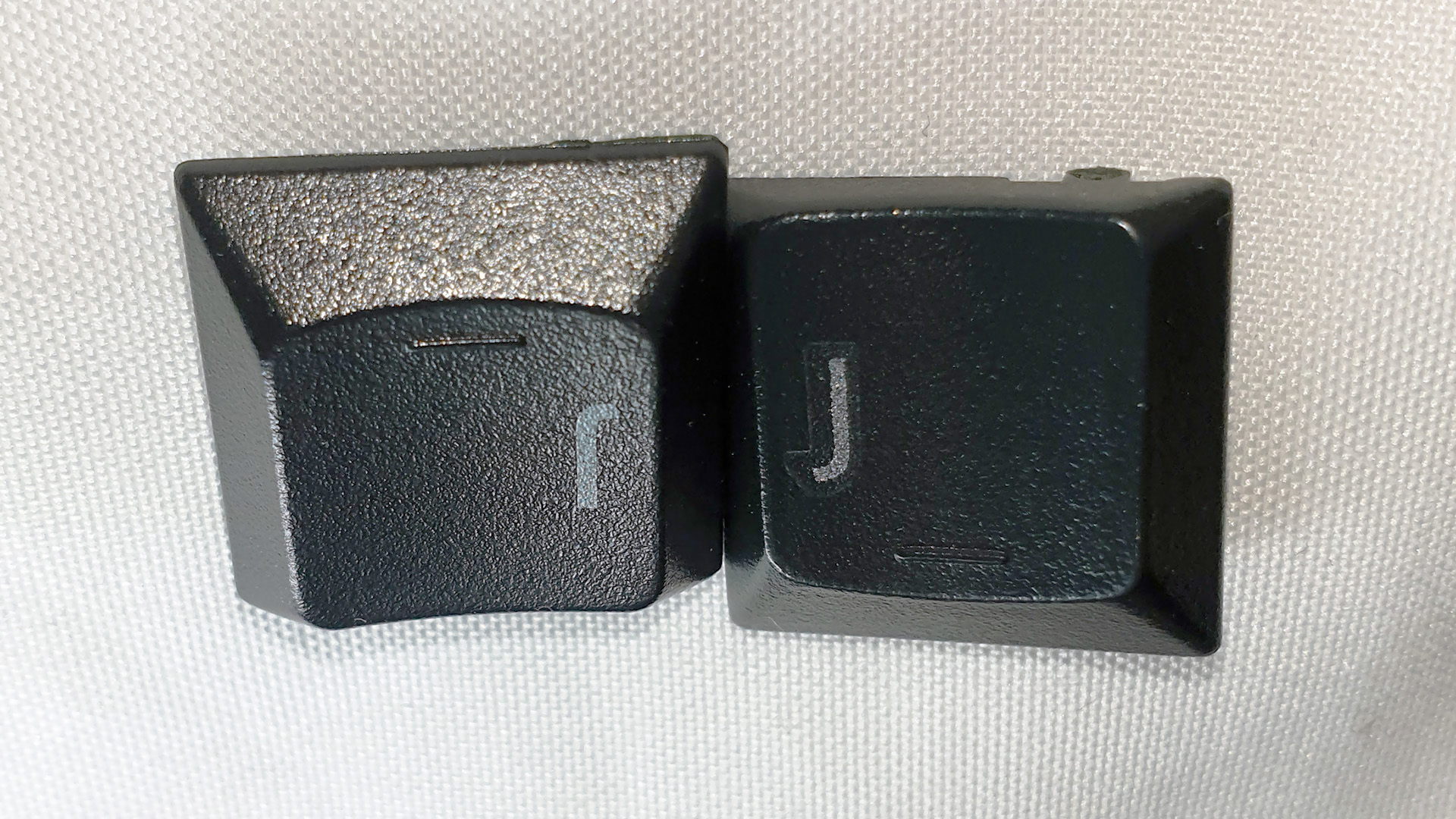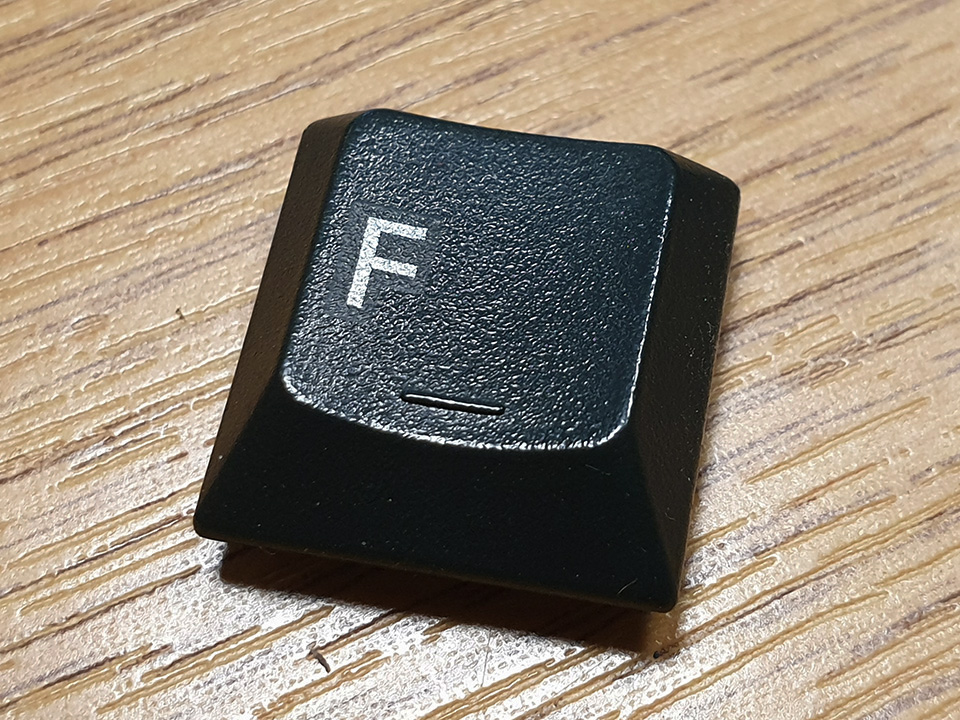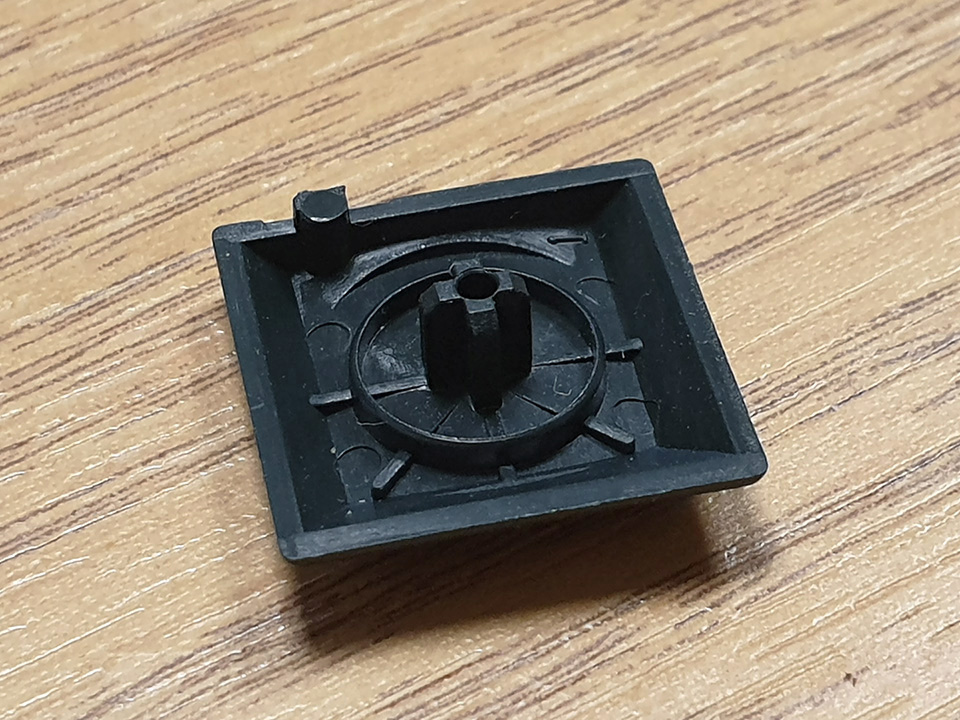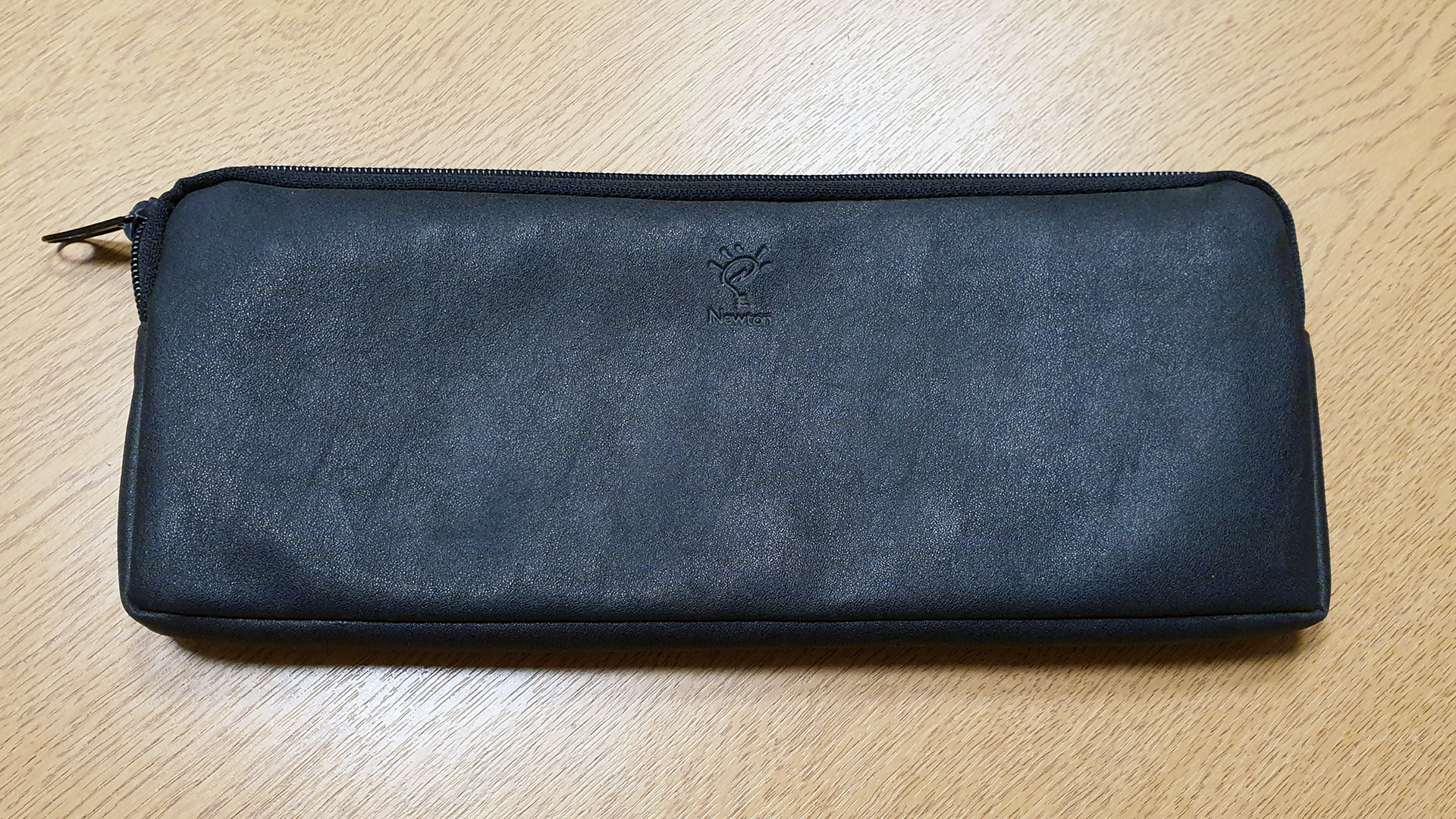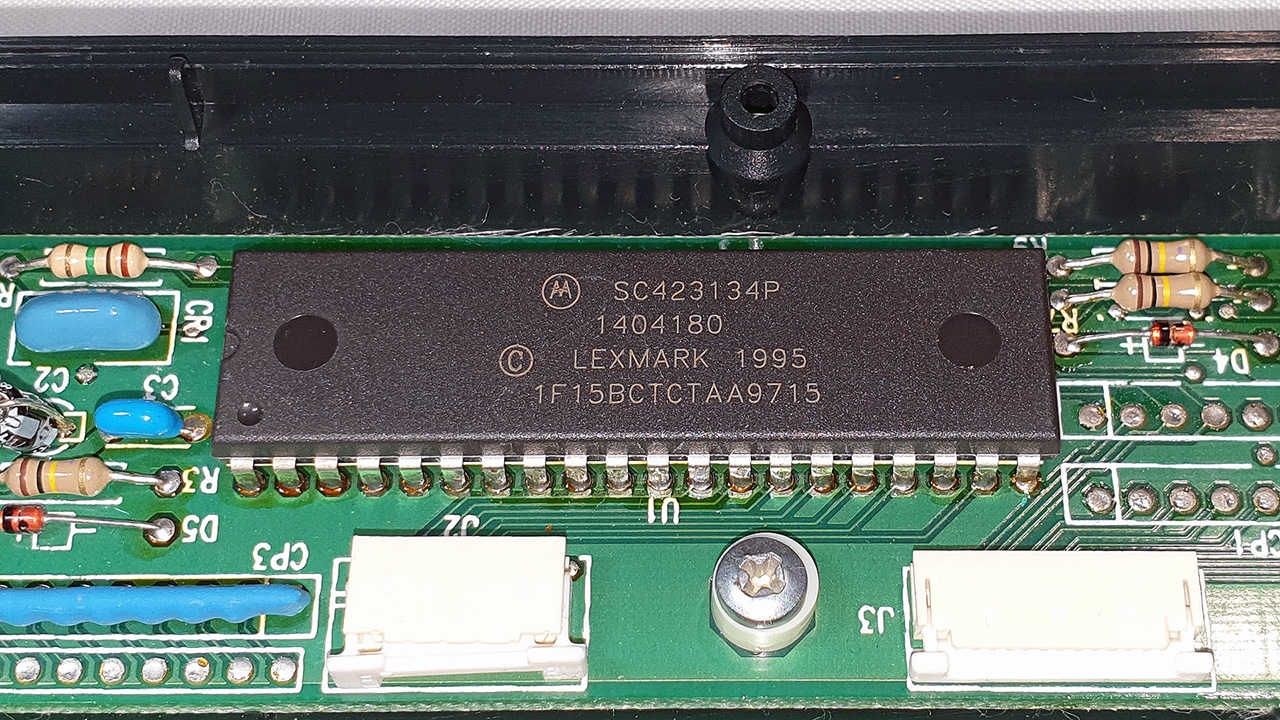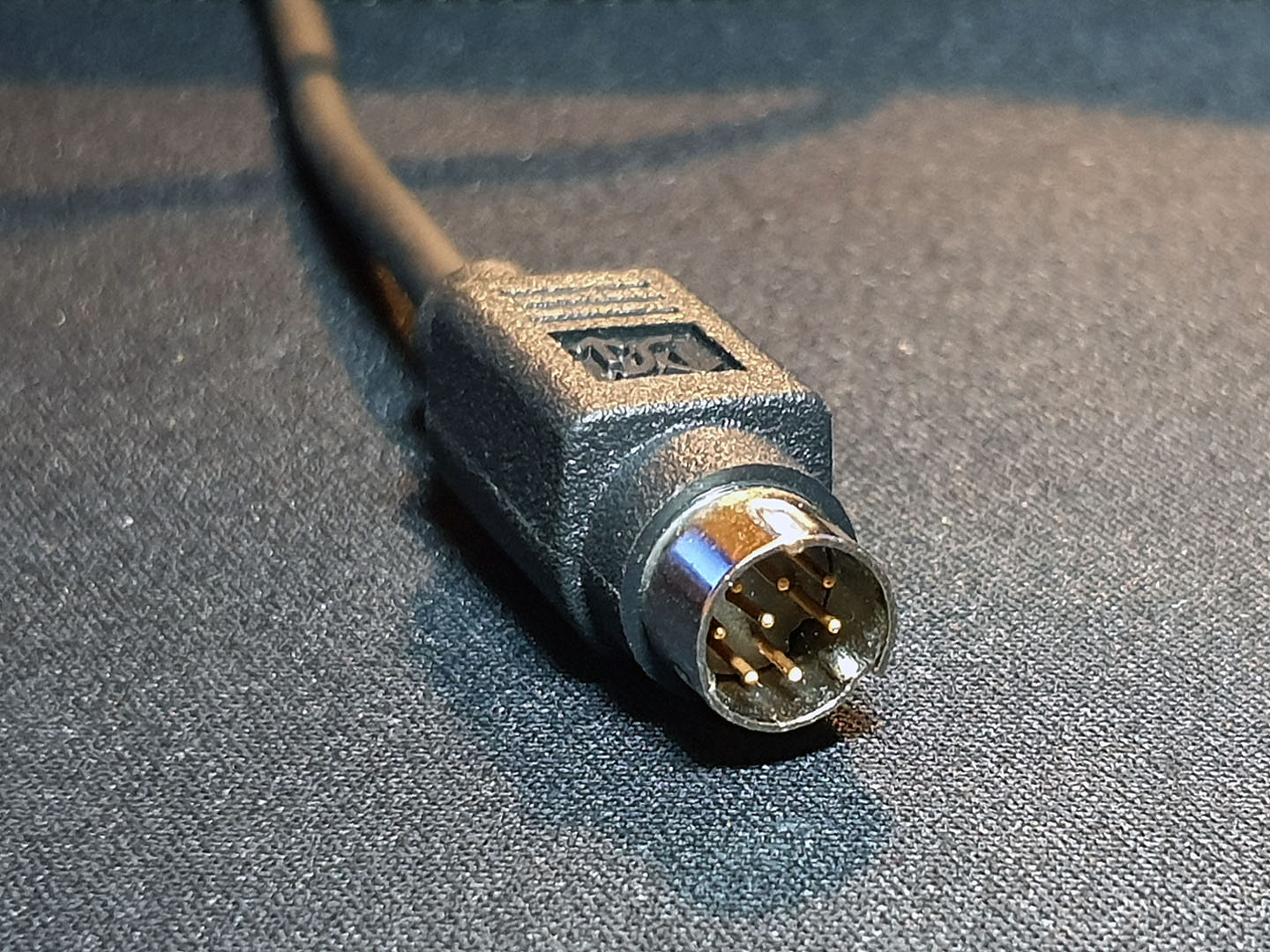This is an old revision of the document!
Apple Newton MessagePad Keyboard X0044
| Apple Newton MessagePad Keyboard X0044 | |
 |
|
| Designation | Model M6-1 |
| Manufacturer | Lexmark Key Tronic |
| Switch | IBM buckling rubber sleeve over membrane |
| Sense method | Conductive membrane assembly |
| Protocol | Serial, Mini-DIN-8 connector |
| Keycaps | Pad-printed ABS |
The Apple Newton MessagePad Keyboard (model X0044) was a small form-factor keyboard for the Apple Newton personal digital assistant (PDA). It was introduced by Apple in early 1996 alongside the release of Newton OS 2.0.1) It was designed by Lexmark for Apple and is derived from IBM Model M6-1 keyboard assemblies such as those found on period IBM ThinkPad and Lexmark Lexbook laptops.
Description
Construction
Case
The X0044's case was made with ABS as indicated by embossed text on the inside of the keyboard's bottom cover piece. The keyboard can be identified by the lack of straight edges on its left, right and front (relative to the user) lips. The front lip also sports a “Newton” logo with a stylised lightbulb icon. The keyboard has a slight wedge shape to provide it with a raised but static typing angle. On the bottom, the keyboard has four thin rubber feet to provide purchase. The bottom cover piece's part number is 1404795.
Assembly
The top cover piece and the internal keyboard assembly are secured to each other via a series of clips around the perimeter of the piece. The assembly can be separated from the top cover by prying until the assembly is free from the clips, but it should be noted that these clips can break easily. The internal assembly design is typical of an M6/M6-1 keyboard and is a sandwich of four layers:
- The membrane blanket (casually known as a “[rubber] mat”) is a rubber sheet used to dampen the stress the actuators exert on the membrane assembly.
- The membrane assembly is a part of the key-switch system used as the circuitry to be actuated and facilitates an 11-column, 7-row key-matrix.
- The backplate provides some rigidity. The backplate uses hooks to slide-attach through the assembly and to the barrel plate.
A notable observation is that the barrel plate has what appears to be a cut-out for a pointing stick sensor assembly (ie, strain gauges for IBM ThinkPads and force-sensing resistors for Lexmark-OEM laptops). This might imply shared tooling with an existing laptop. The IBM 2603 ThinkPad 500 and 2604 ThinkPad 510Cs are likely to be the closest IBM relatives to the X0044 as they both used a pointing stick (and would require such a cut-out) and the same style of IBM buckling rubber sleeve key-switch implementation.
Switches
Keycaps
Due to the switches, the keycaps were also inherited from prior IBM designs and suited for use with 'medium-gauge' buckling rubber sleeves. The material is believed to be at least partially ABS as per chemical tests known to dissolve ABS have dissolved M6/M6-1 keycaps at large. What is unique about the X0044's keycaps are their base colour (more blue than any other M6/M6-1 keycap) and the font. The legends appear to be pad-printed and their design appeared to be revised at some point since keyboards with main IC chip date-codes closer to 1997 have extended outlines from the text compared to ones with date-codes closer to 1995. A single-unit keycap size is approximately 16mm x 16mm x 3mm.

